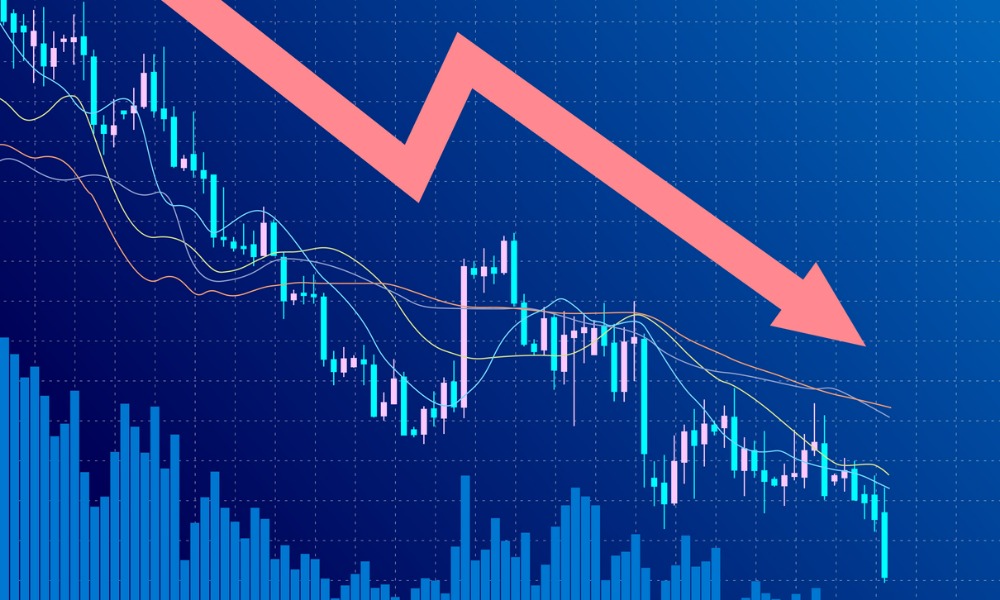Gold And Cash-Like ETFs: A Safe Haven For Investors?

Table of Contents
Understanding Gold ETFs as a Safe Haven
The Appeal of Gold in Uncertain Times
Gold has long been considered a safe haven asset, holding its value even during periods of economic turmoil. This appeal stems from several key factors:
- Inflation Hedge: Historically, gold has served as a hedge against inflation. When the purchasing power of currency declines, the value of gold often rises, preserving investors' wealth.
- Negative Correlation with Traditional Assets: Unlike stocks and bonds, gold often shows a negative correlation with traditional asset classes. This means that when the stock market falls, gold prices may rise, offering portfolio protection.
- Accessibility through ETFs: Gold ETFs provide convenient access to gold investment without the need for physical storage, insurance, or security concerns associated with holding physical gold. This accessibility makes gold investment more practical for a wider range of investors.
- Popular Gold ETFs: Several popular gold ETFs, such as SPDR Gold Shares (GLD) and iShares Gold Trust (IAU), offer investors exposure to gold's price movements with relatively low expense ratios.
Risks Associated with Gold ETFs
While gold offers significant advantages, investing in gold ETFs also carries certain risks:
- Gold Price Volatility: Although a safe haven, gold prices can fluctuate significantly based on various factors including global economic conditions, supply and demand dynamics, and currency movements. Understanding these factors is crucial for managing risk.
- Expense Ratios and Fees: Like any investment, gold ETFs come with expense ratios and management fees. These fees can erode returns over time, so it's essential to compare different ETFs to find those with the lowest costs.
- Counterparty Risk: While generally low with reputable ETF providers, there's a small risk that the ETF issuer might fail to meet its obligations. Choosing ETFs from established and well-regarded companies can mitigate this risk.
Exploring Cash-Like ETFs for Stability
Characteristics of Cash-Like ETFs
Cash-like ETFs, often referred to as money market ETFs, offer investors exposure to short-term, high-quality debt instruments. Their key characteristics include:
- Short-Term Debt: These ETFs typically invest in short-term government securities and high-quality corporate debt, minimizing interest rate risk.
- Low Volatility: Due to their investment strategy, cash-like ETFs exhibit significantly lower volatility than stocks or bonds, providing stability during market fluctuations.
- High Liquidity: Cash-like ETFs offer easy access to your investment; you can buy and sell shares quickly with minimal impact on the price.
- Examples: Popular cash-like ETFs include iShares Short Treasury Bond ETF (SHY) and iShares 1-3 Year Treasury Bond ETF (BIL).
Benefits of Cash-Like ETFs in a Portfolio
Incorporating cash-like ETFs into your portfolio offers several advantages:
- Portfolio Stability: These ETFs provide a stable base, reducing overall portfolio volatility and mitigating losses during market downturns.
- Market Downturn Buffer: They serve as a buffer against market corrections, offering a safe place to park funds during periods of uncertainty.
- Liquidity: Easy access to capital makes them ideal for emergency funds or short-term investment goals.
- Interest Income: While yields may be modest, cash-like ETFs generate interest income, providing a small return on your investment.
Gold and Cash-Like ETFs: A Strategic Combination
Diversification Benefits
Combining gold and cash-like ETFs creates a diversified portfolio that effectively manages risk:
- Balanced Approach: Gold's inflation-hedging properties and negative correlation with stocks complement the stability and liquidity of cash-like ETFs.
- Risk Mitigation: This strategy helps mitigate losses during both inflationary periods and market downturns.
- Liquidity and Stability: The combination ensures you have both a safe haven asset and readily available funds.
- Asset Allocation: The optimal allocation depends on your risk tolerance and investment goals. A conservative investor might allocate a larger portion to cash-like ETFs, while a more aggressive investor might favor a higher gold allocation.
Allocation Strategies and Considerations
Creating an effective strategy requires careful consideration:
- Investment Goals and Risk Tolerance: Determine your long-term financial goals and your comfort level with risk before allocating assets.
- Financial Advice: Consulting with a qualified financial advisor is highly recommended, particularly for complex investment strategies.
- Portfolio Rebalancing: Regularly rebalance your portfolio to maintain your desired allocation between gold and cash-like ETFs. This ensures your investment strategy remains aligned with your risk tolerance and goals.
Conclusion
Gold and cash-like ETFs can be valuable components of a diversified investment strategy, particularly for those seeking safe haven assets. While gold ETFs offer a hedge against inflation and market volatility, cash-like ETFs provide stability and liquidity. By carefully considering your risk tolerance and investment objectives, and potentially seeking professional financial advice, you can determine the optimal allocation of gold and cash-like ETFs within your portfolio. Start exploring the potential of gold and cash-like ETFs as a safe haven for your investments today. Learn more about the benefits of diversifying your portfolio with these low-risk options. Don't hesitate to consult a financial advisor to develop a personalized strategy incorporating gold and cash-like ETFs.

Featured Posts
-
 11th Inning Walk Off Bunt Sinks Royals Against Brewers
Apr 23, 2025
11th Inning Walk Off Bunt Sinks Royals Against Brewers
Apr 23, 2025 -
 Beyond Bmw And Porsche The Broader Implications Of The China Auto Market Slowdown
Apr 23, 2025
Beyond Bmw And Porsche The Broader Implications Of The China Auto Market Slowdown
Apr 23, 2025 -
 Equifax Efx Surpasses Profit Expectations Holds Steady On Economic Outlook
Apr 23, 2025
Equifax Efx Surpasses Profit Expectations Holds Steady On Economic Outlook
Apr 23, 2025 -
 Yankees Smash Team Record With 9 Home Runs Judge Leads The Charge
Apr 23, 2025
Yankees Smash Team Record With 9 Home Runs Judge Leads The Charge
Apr 23, 2025 -
 Arbitrage Et Gestion De Portefeuille Bfm Analyse Hebdomadaire Du 17 Fevrier
Apr 23, 2025
Arbitrage Et Gestion De Portefeuille Bfm Analyse Hebdomadaire Du 17 Fevrier
Apr 23, 2025
